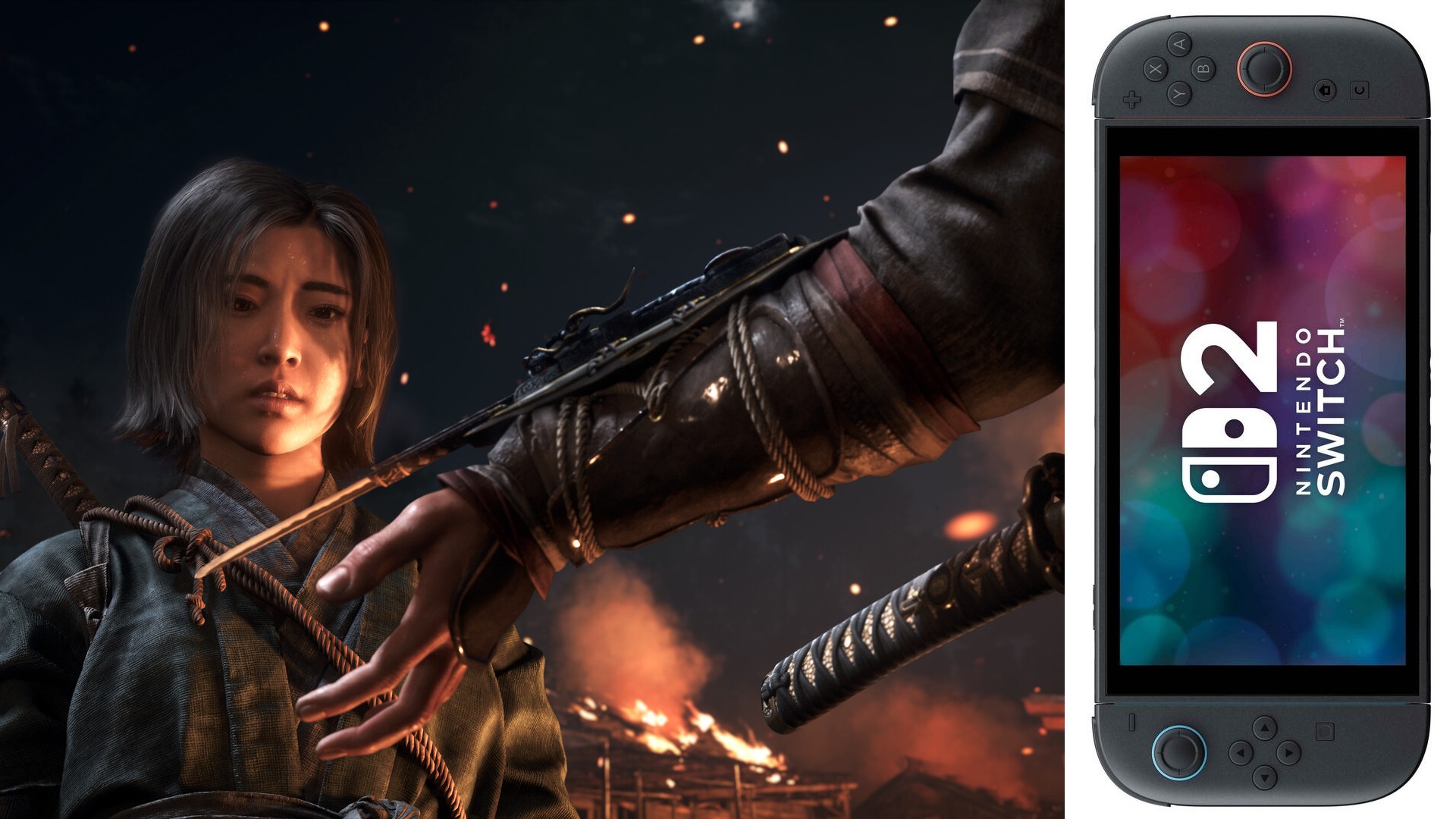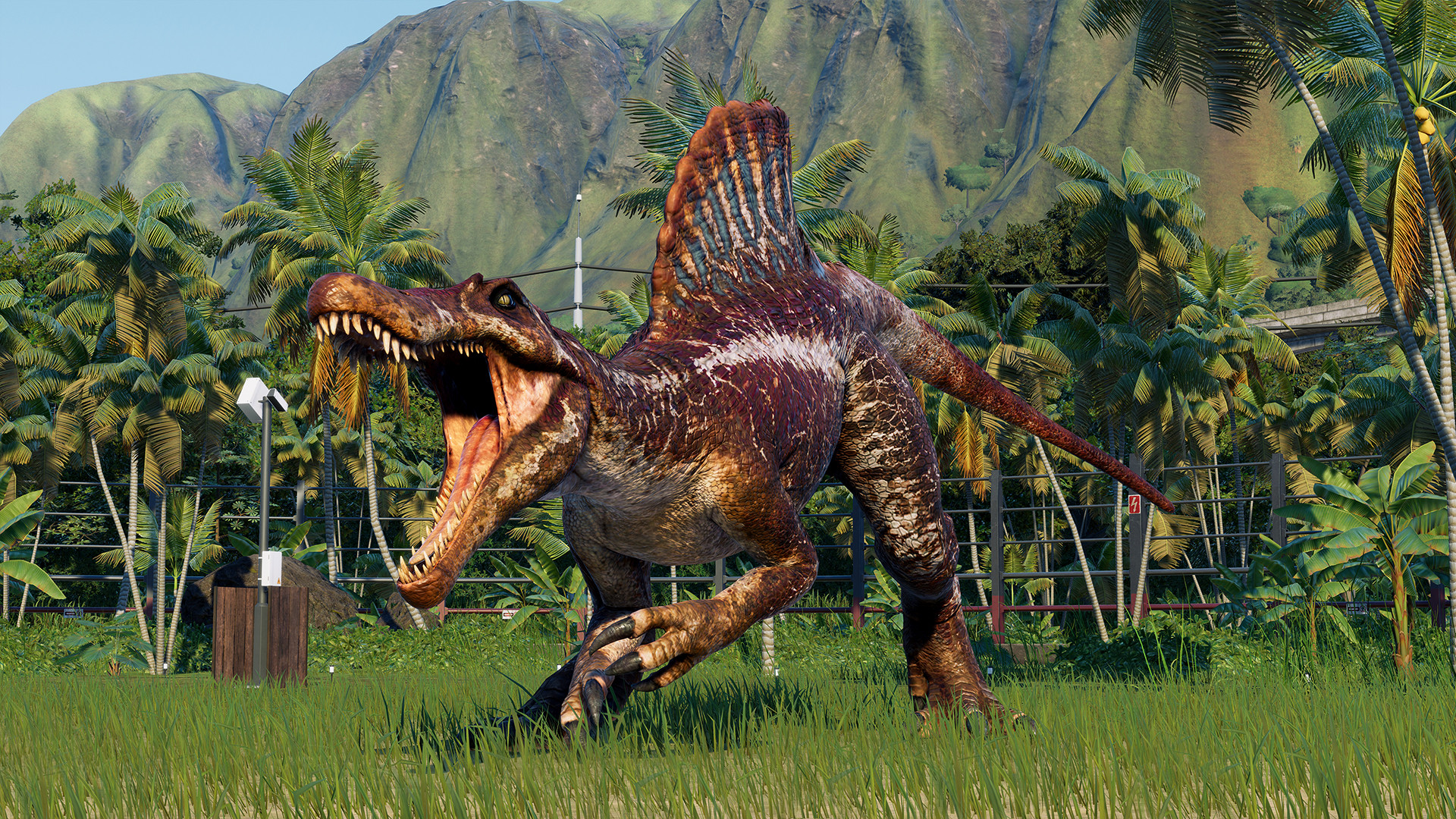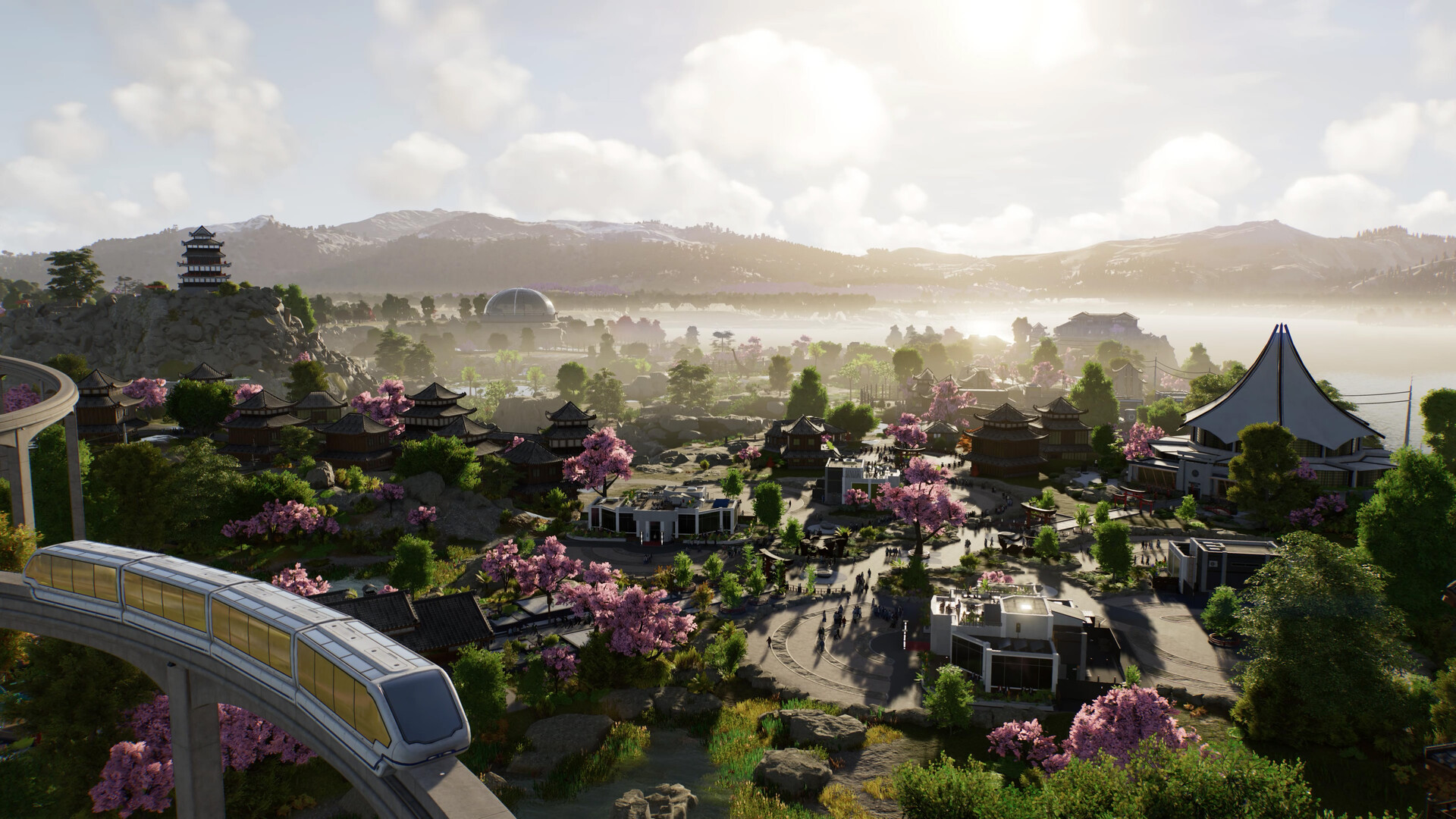Sony has just revealed some key details about the specs of the PS6, focusing on ray tracing, neural rendering, ML, and other technologies.
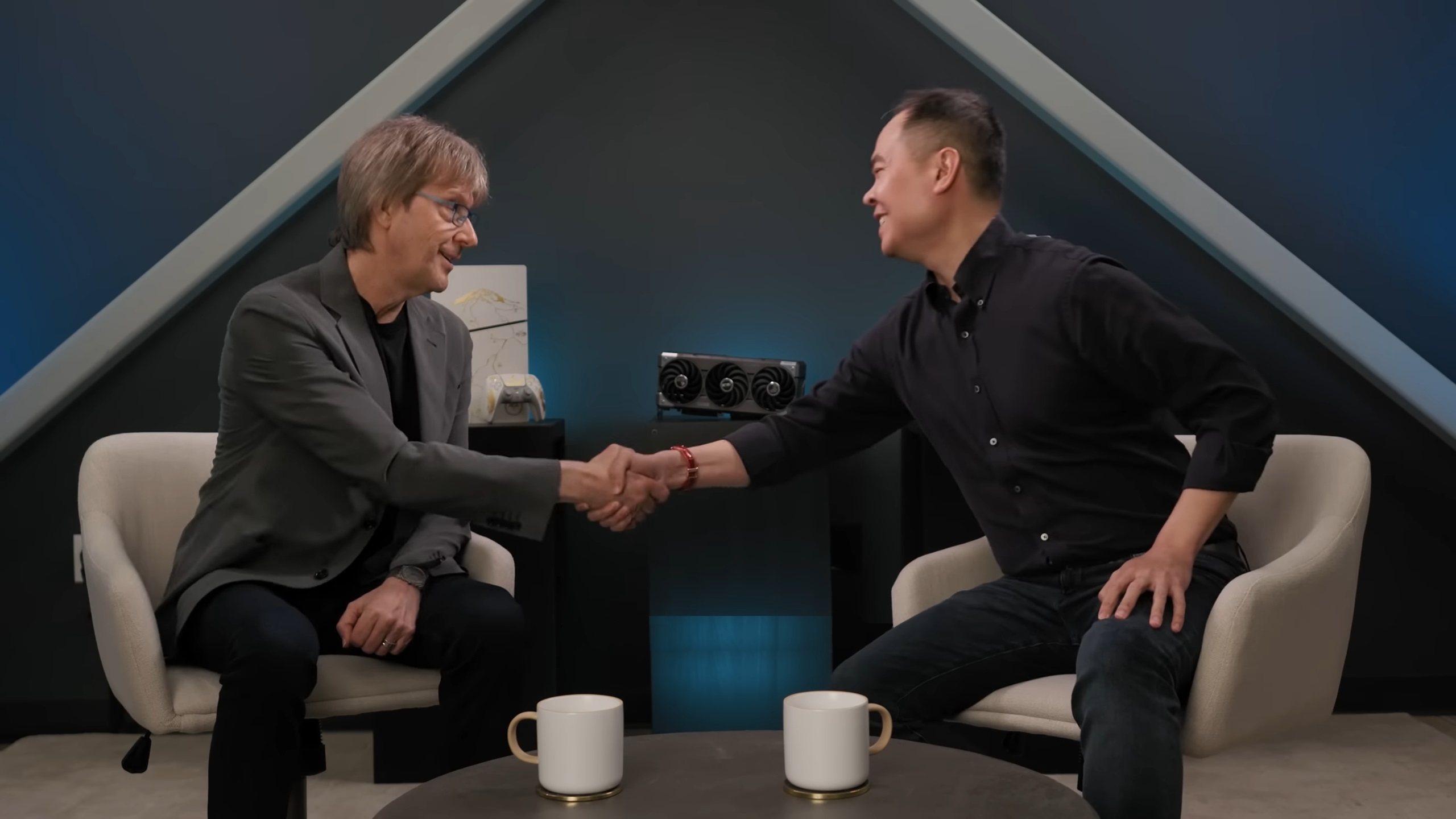
PlayStation 5’s lead architect, Mark Cerny, and AMD’s Senior VP, Jack Huynh, have revealed some key details regarding Project Amethyst. For those unaware, Project Amethyst is a special collaboration between Sony and AMD to develop next-gen graphics technologies to power the future PlayStation, which will likely be called PS6.
Cerny has hinted at a significant ray tracing performance uplift, a new neural rendering technology, and a whole lot more. Let’s discuss what these technologies are and what they could mean for the PS6 console.
Note: Parts of this article are subjective and reflect the writer’s opinions.
PS6’s Early SoC Specs
Project Amethyst was created to develop powerful technologies to power the next-gen PlayStation and future games, and we’ve already witnessed the fruits of that. The PS5 Pro and PSSR upscaling technologies are two of the best products of Project Amethyst. The FSR 4 upscaling technology has been absolutely transformative, which is arriving on PS5 Pro in the form of advanced PSSR.
AMD has also announced FSR Redstone, which will also be present on the upcoming PS6. Now, Sony and AMD have spilled the beans on the next-gen technologies they are working on for Project Amethyst. It’s all about ray tracing, neural rendering, AI, ML, memory compression, and more. Here’s everything you need to know.
Sony Is All About Neural Rendering and Ray Tracing
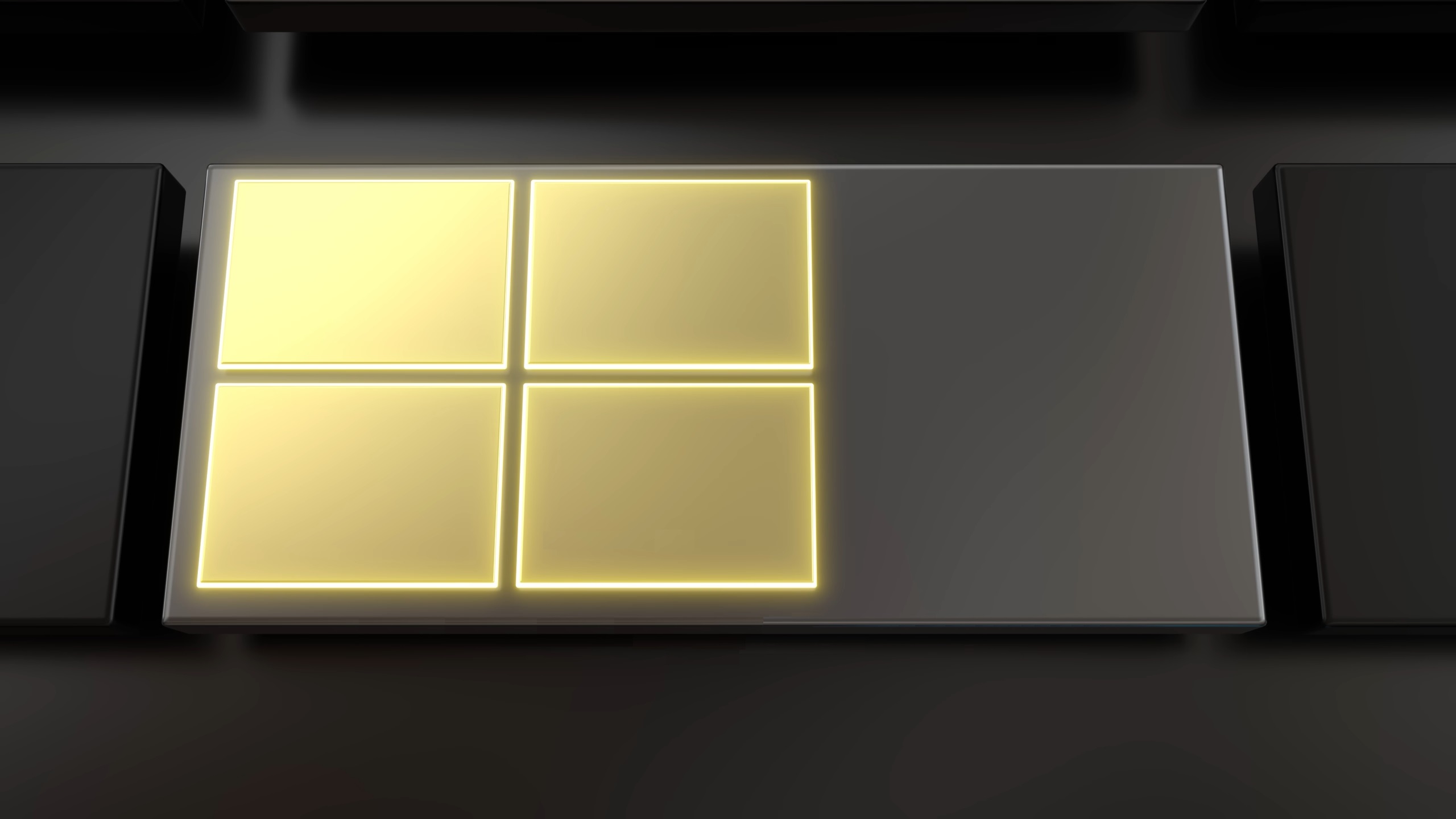
The PS5 SoC has a custom RDNA 2 GPU from AMD, which features one Ray Accelerator (RA) per Compute Unit (CU) for ray traversal processing. The RAs work alongside Shader cores inside the CUs to power ray tracing effects. AMD has now moved on to RDNA 4, which has significantly improved ray tracing performance. We have witnessed this in the Radeon RX 9000 series GPUs and also in the PS5 Pro.
The next evolution of AMD graphics architecture will be RDNA 5/UDNA, which aims to dramatically improve ray tracing performance and introduce a new form of rendering technology called Neural Rendering. The problem is that there is not much you can do to improve ray tracing performance without dramatically increasing the GPU die size. This is why AMD and Sony have developed Radiance Cache and Radiance Cores as part of Project Amethyst. This is how AMD and Sony plan to achieve better global illumination, shadows, and reflections to deliver photorealistic graphics.
The Radiance cores and cache at the hardware level are the next big thing for ray tracing, and they will be two of the key components of PS6’s specs. They will speed up and improve the accuracy of tracking millions of rays intersecting millions of triangles. The Radiance cores will also allow the RAs to cast a significantly higher number of rays in a geometry scene. This is the most difficult part of ray tracing, and the two new RT technologies will help achieve full path tracing with cleaner/noise-free image quality.
Also, the new Ray Accelerators will work independently and in parallel with Shader Cores to minimize bottlenecks. Moreover, the GPU will also feature more flexible and efficient data structures to accelerate ray tracing in geometry.
PSSR, AI, and ML-based Processing at the Hardware Level
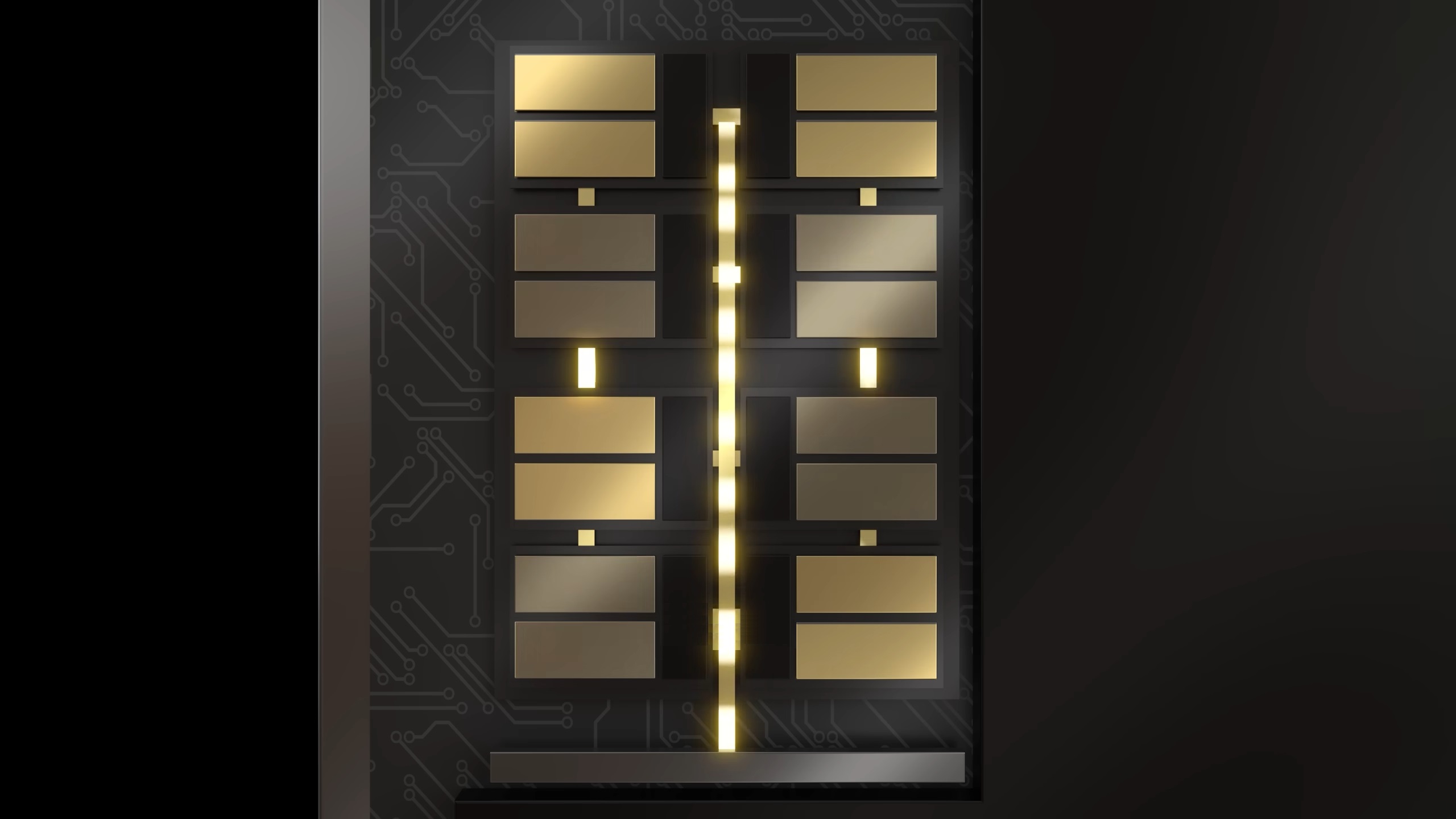
A GPU has several tiny Compute Units (CUs), which are proven effective for shading and rendering, but are inefficient for AI and Machine Learning (ML). That’s because AI and ML operations require a whole lot of data processing and memory bandwidth, which is proving too much for the tiny CUs. Therefore, AMD and Sony relied on a new approach: Interconnected Compute Units. Each CU will be smartly interconnected to the other to reduce latency and overhead, and dramatically increase processing capabilities.
Essentially, multiple CUs will combine to form larger units called Neural Arrays, which are great at processing AI and ML. Game creators will be able to run bigger ML models with high efficiency and the least overhead. Neural Arrays will power the next generation of FSR, PSSR, and Ray Regeneration, which will be another set of key PS6 specs. Also, Neural Arrays (alongside ray tracing) will power Neural Rendering technology, which promises to bring a new form of realism to games.
Universal Compression To Keep Bandwidth in Check
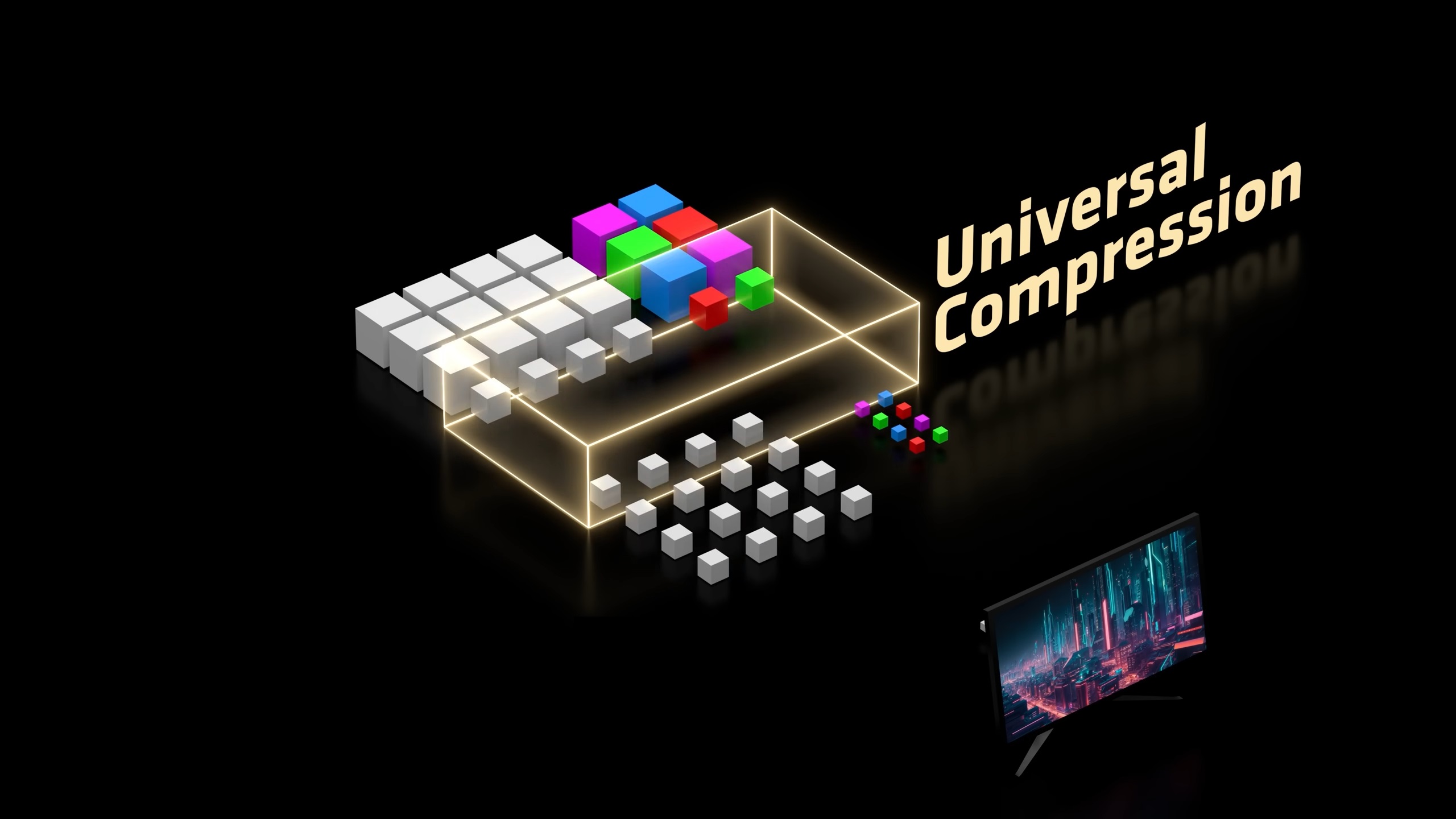
AMD GPUs typically use DCC, short for Delta Color Compression, to compress the color information from data sets to reduce memory bandwidth consumption. However, it leaves the textures and other information uncompressed. The new Universal Compression will compress the entire data sets instead of just the colors. This allows the SoC to achieve an even higher data compression ratio and significantly reduce the bandwidth consumption.
When you combine Universal Compression with Neural Arrays, Radiance Cores, and other new technologies, the performance boost will be substantially higher. While traditional rasterization will record a performance uplift, it’s ray tracing and neural rendering that will see a bigger boost.
PS6 “Orion” SoC Leaks
A notable leaker, Moore’s Law Is Dead, has detailed the SoC specs, short for System-on-a-Chip, that will power the PS6. The SoC is codenamed Orion. Other prominent leakers, such as Kepler_L2, also corroborated this. Moore’s Law Is Dead has previously accurately detailed many specs of the Nvidia RTX 40 “Super” series and PS5 Pro, so the information holds some credibility. However, we are still two to three years away from PS6’s launch, so things can change. Therefore, you should still take the info with a grain of salt.
With that said, here are some specs detailed leaked by Moore’s Law Is Dead:
- The SoC die measures at 280mm^2. It will be manufactured using TSMC’s 3nm lithography.
- The CPU will be powered by 8 Zen 6c Cores (1 core disabled) and 2 Zen 6 LP Cores. LP stands for Low Power.
- The GPU will be equipped with 54 RDNA 5 CUs (2 cores disabled).
- The memory system will feature 32Gbps GDDR7 dies with a 160-bit memory bus. However, Moore’s Law Is Dead didn’t mention the exact memory capacity.
- The entire SoC will have a TDP budget of 160W. This indicates a significant efficiency improvement, but it remains to be seen.
Final Thoughts
The hardware-level Radiance cores & cache, Neural Arrays, Neural rendering, and Universal Compression should significantly boost PS6’s performance. It could make the PS6 miles ahead of the PS5 and power next-gen games. However, that doesn’t mean PS6 will now run games at 120 FPS or higher. It means game creators have more performance budget and can now add multiple RT effects, detailed environments, and neural rendering to deliver realistic games.
We provide the latest news and “How-To’s” for Tech content. Meanwhile, you can check out the following articles related to PC GPUs, CPU and GPU comparisons, mobile phones, and more:
- 5 Best Air Coolers for CPUs in 2025
- ASUS TUF Gaming F16 Release Date, Specifications, Price, and More
- iPhone 16e vs iPhone SE (3rd Gen): Which One To Buy in 2025?
- Powerbeats Pro 2 vs AirPods Pro 2: Which One To Get in 2025
- RTX 5070 Ti vs. RTX 4070 Super: Specs, Price and More Compared
- Windows 11: How To Disable Lock Screen Widgets
 Reddit
Reddit
 Email
Email
